Expert Advice
Learning more about Dragonfly Nymphs
Throughout my many years of Stillwater fly-fishing dragon nymph imitations have produced more fish for me than any other imitation. The reason these large nymphs are so productive in our interior lakes is due to the fact they are so recognizable to fish as an easy food source.

A Dynamic Approach for Trolling, Sight-Fishing, and Success
Dragonfly nymphs are good multipurpose patterns as they are great for trolling and searching but are also excellent imitations to use when sight- fishing cruising fish in shallow water. When it comes to selecting a productive searcher pattern there are a couple key characteristics you need to achieve success. First and foremost, the fly should be relatively large in size so it can be seen from a distance at various depths.
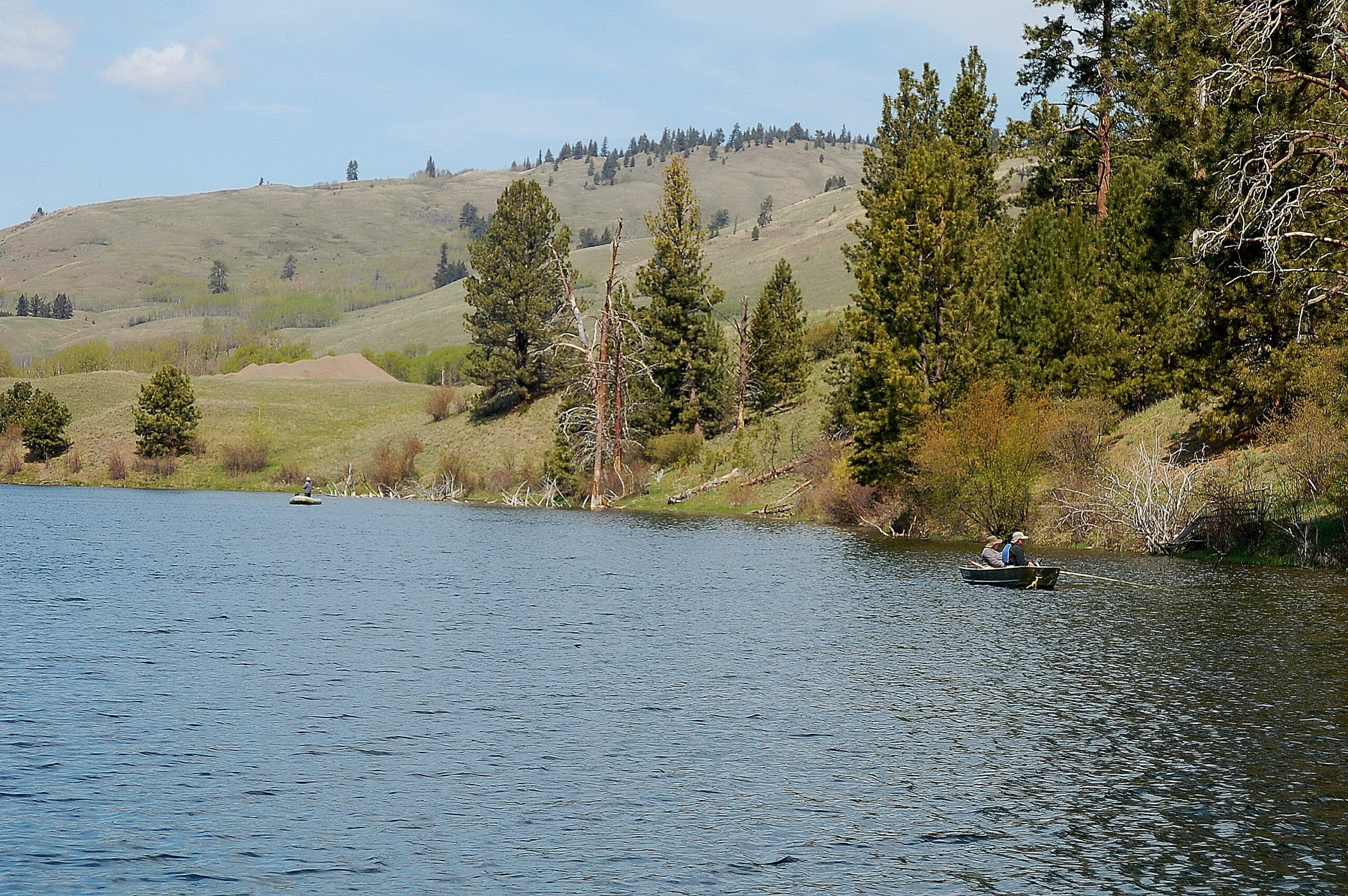
Year-round Delight
Equally as important, the searcher pattern should be a food source that resides in the lake year-round. The dragon nymph is a favorite imitation to use amongst anglers as it is fished in the nymphal stage which means they are highly productive when fished with a wet line along the transitions of shoals. The fact a hatch is not required to make this a productive fly is a real bonus as it can be used from dawn to dust under any weather conditions year-round.
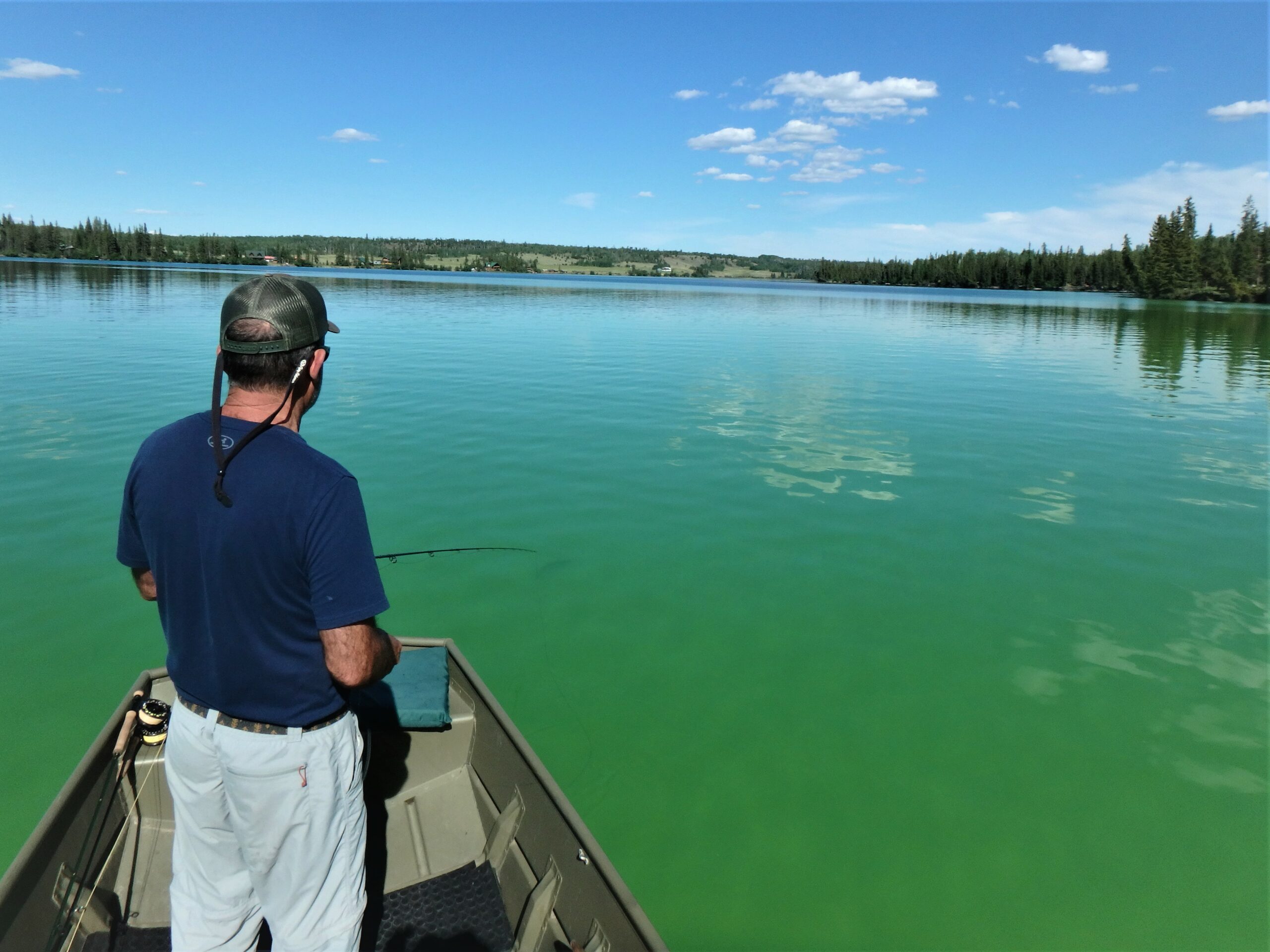
Types of Dragonfly Nymphs
There are two main types of dragonfly nymphs residing in the majority of our BC lakes. The darner dragon is the most predominant and lives in and around wood and rock structures while the gomphus dragon is a mud dweller and is commonly found in soft bottom lakes. Both nymphs go through a metamorphosis which means they start as an egg then hatch into a nymph and eventually emerge into an adult before flying away.
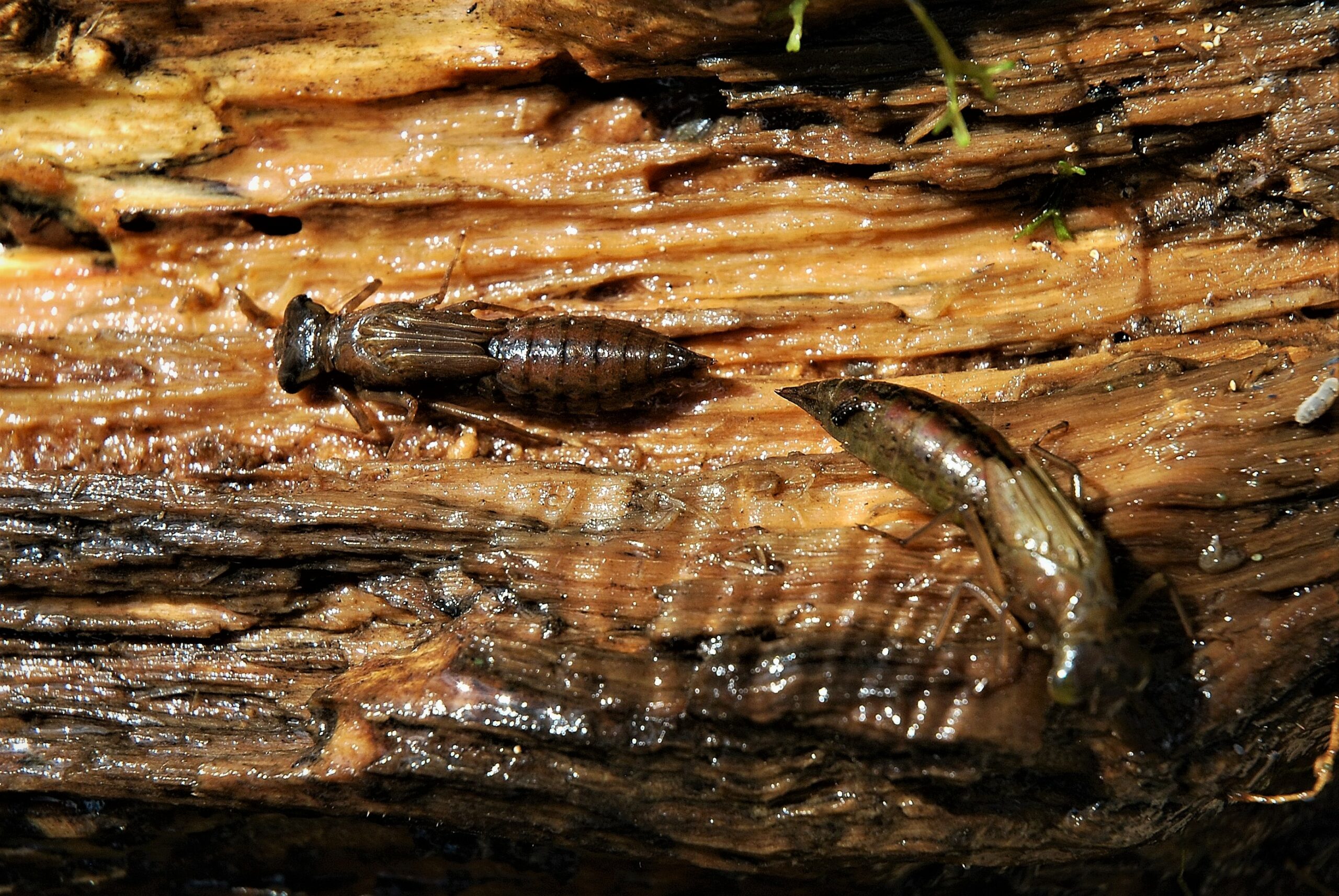
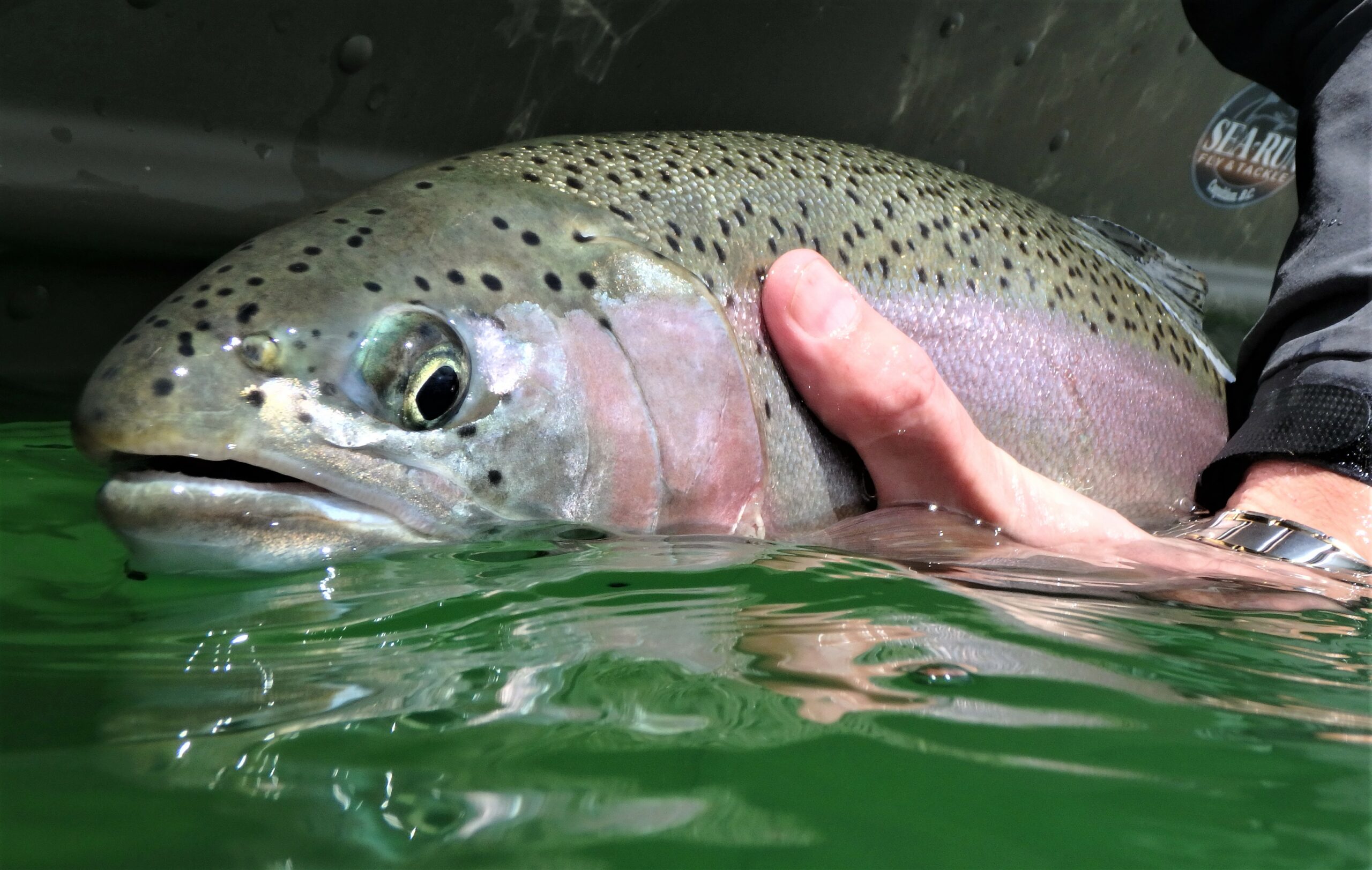
Beyond the Buzz
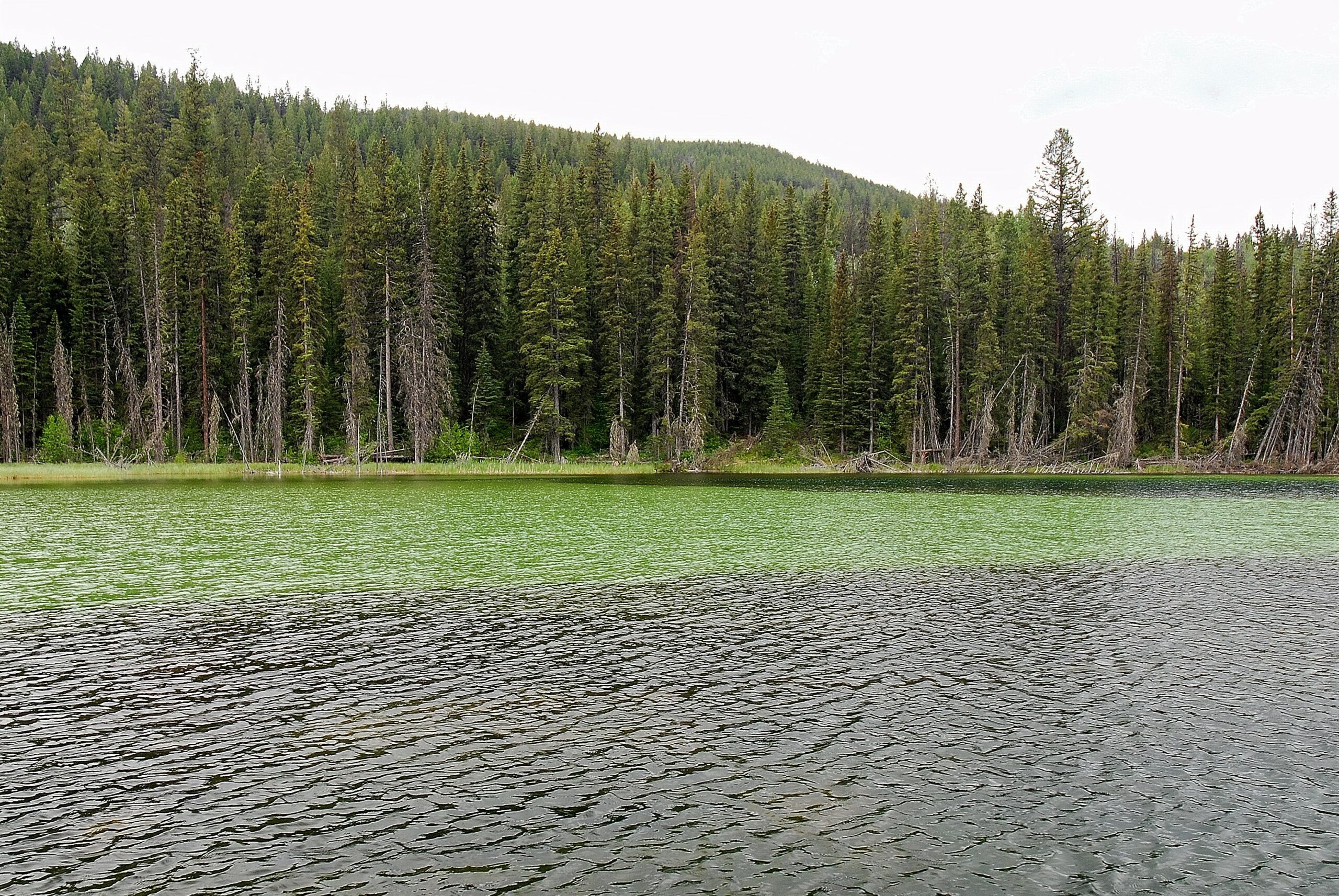
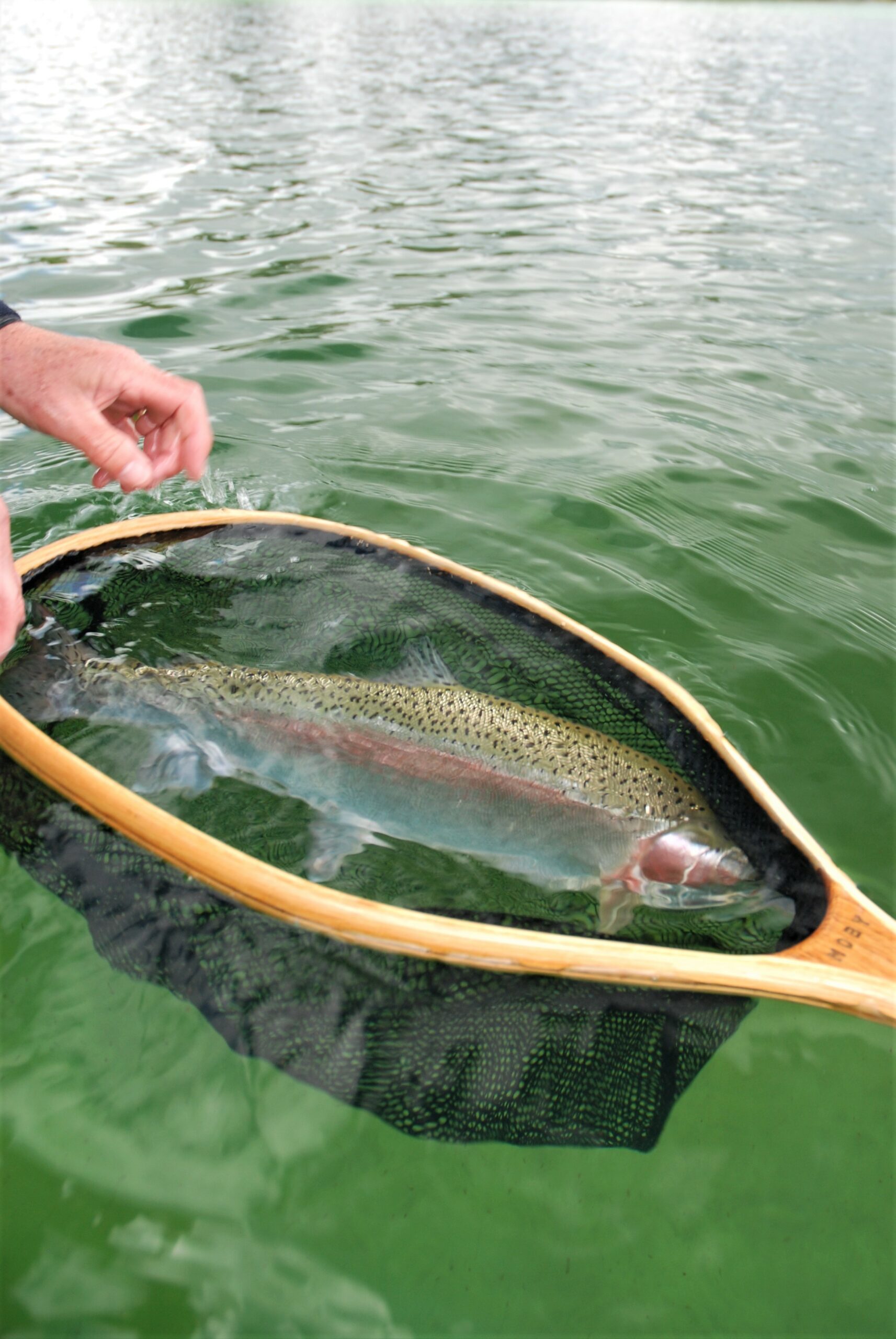
Master the art of Imitation with Strategic Retrieves
When dragons go through their final change from nymph to adult they crawl out of the water and up on long grass or bushes along the shoreline before climbing out of their shells and flying away. When imitating dragon nymphs, the retrieve should be quite slow as the nymphs crawl at a fairly slow pace. While retrieving your imitation give it an occasional quick strip as it will draw attention to the fly. This extra movement imitates the way in which the natural dragon will dart when threatened. Live dragon nymphs can expel jets of water through a rear chamber which allows them to escape a dangerous situation if one arises.
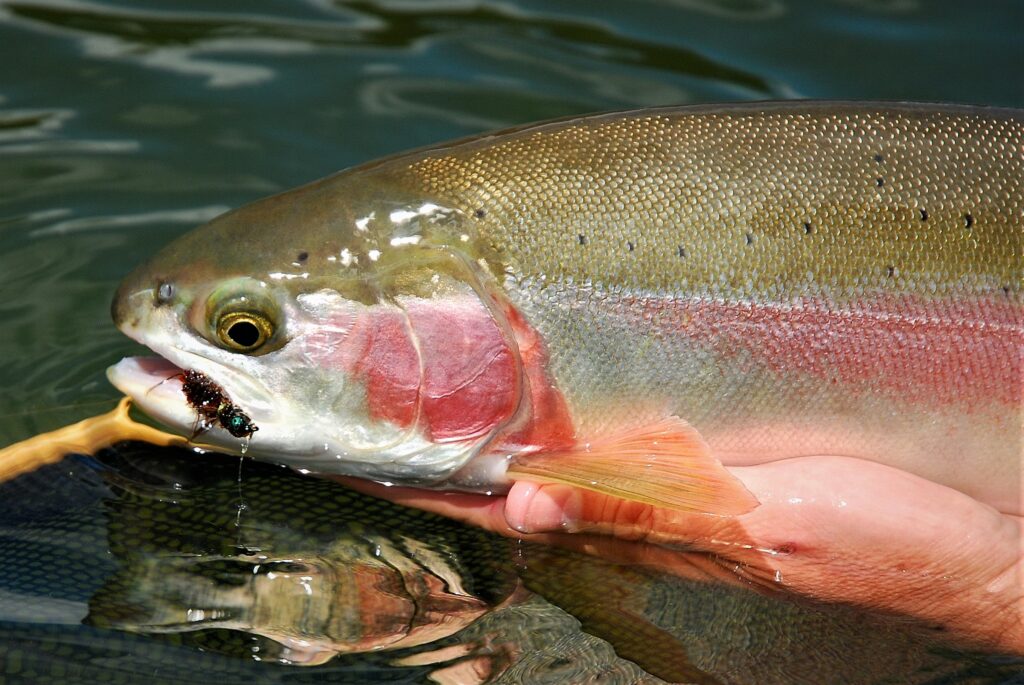
The Tale of Two Dragons
Even though these two dragonfly nymphs share many of the same characteristics throughout their life cycles, their overall appearance is actually quite different. The darner dragon is dark in color with a long-tapered body and can grow to over two inches in length while the gomphus dragon is usually tan in color, has a short stubby body and does not usually exceed more than one inch in length.

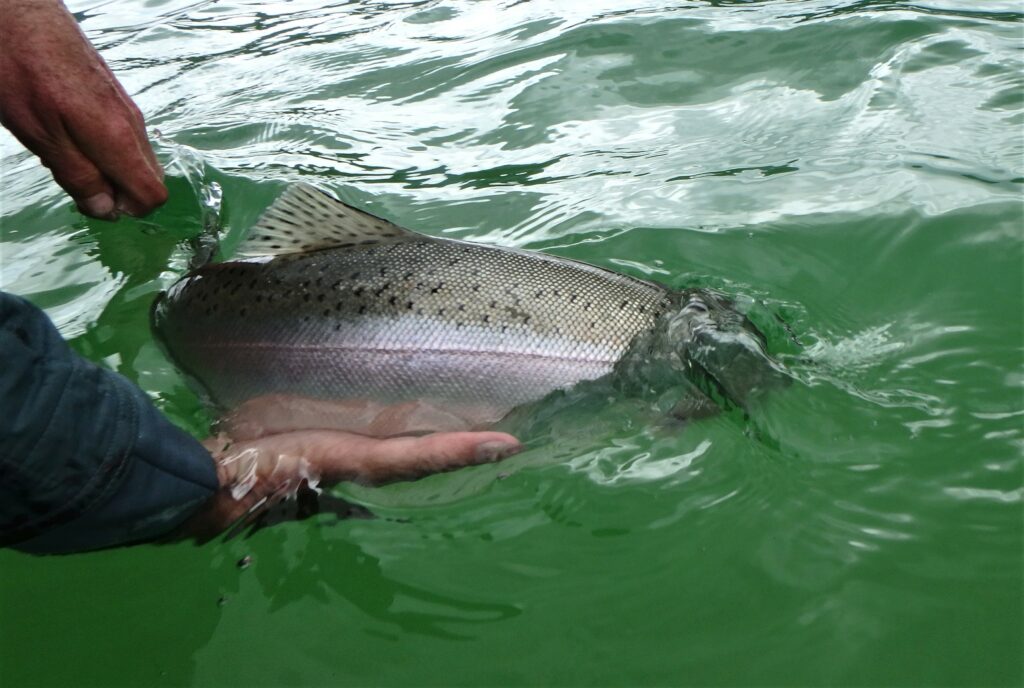
Tying Dragon Nymph Patterns
When it comes to tying dragon nymphs the profile is one of the most important characteristics imitate. It is beneficial to closely match the size, shape and color in efforts to convince the fish that your offerings are natural. The darner dragon can be tied with a wide variety of materials while the gomphus is most commonly tied with deer hair as the color is ideal and the deer hair makes the fly buoyant. By using deer hair for the body this fly will stay just off the bottom when fished with a sinking line. When you start retrieving the fly will be drawn down to the bottom by the weight of the line and when you pause between strips the fly will slowly float towards the surface. When fishing either nymph always remember to fish them as close to the bottom as possible.
Unleash Your Creativity
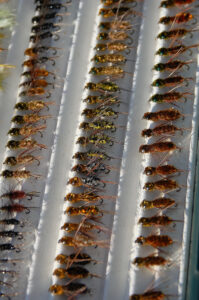
Dive into the Shallows
Natural gomphus dragons live in the sediment on the bottom of the lake which means anglers are best concentrating their efforts in shallower water. The deer hair gomphus is not only a good casting pattern but is also productive when trolled as this fly tracks true and is highly visible from great distances. The fly is extremely buoyant, so a type three to six wet line is required in order to get the fly close to the bottom.
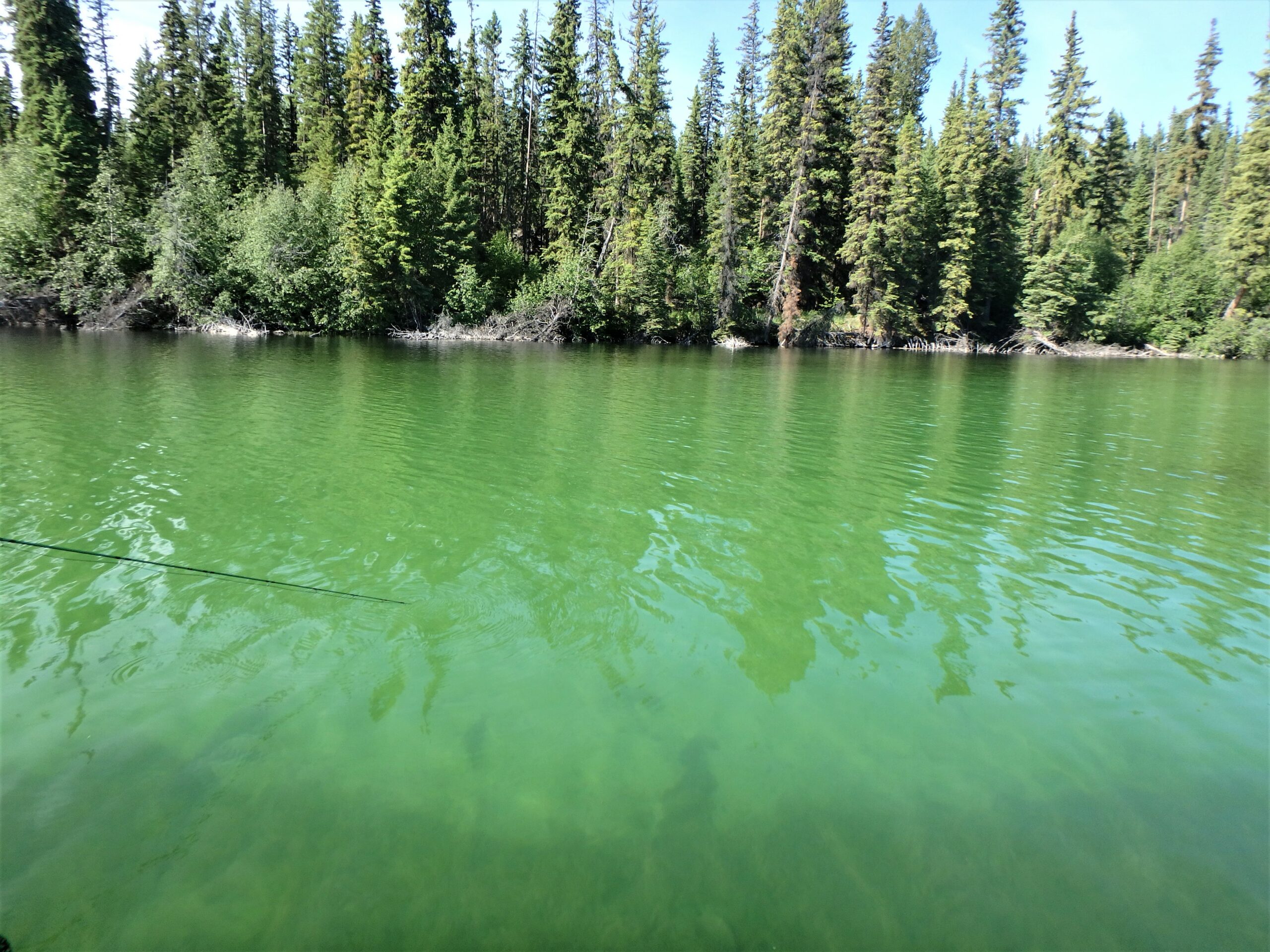
Below is a list of materials required to tie the two different types of dragon
nymphs.
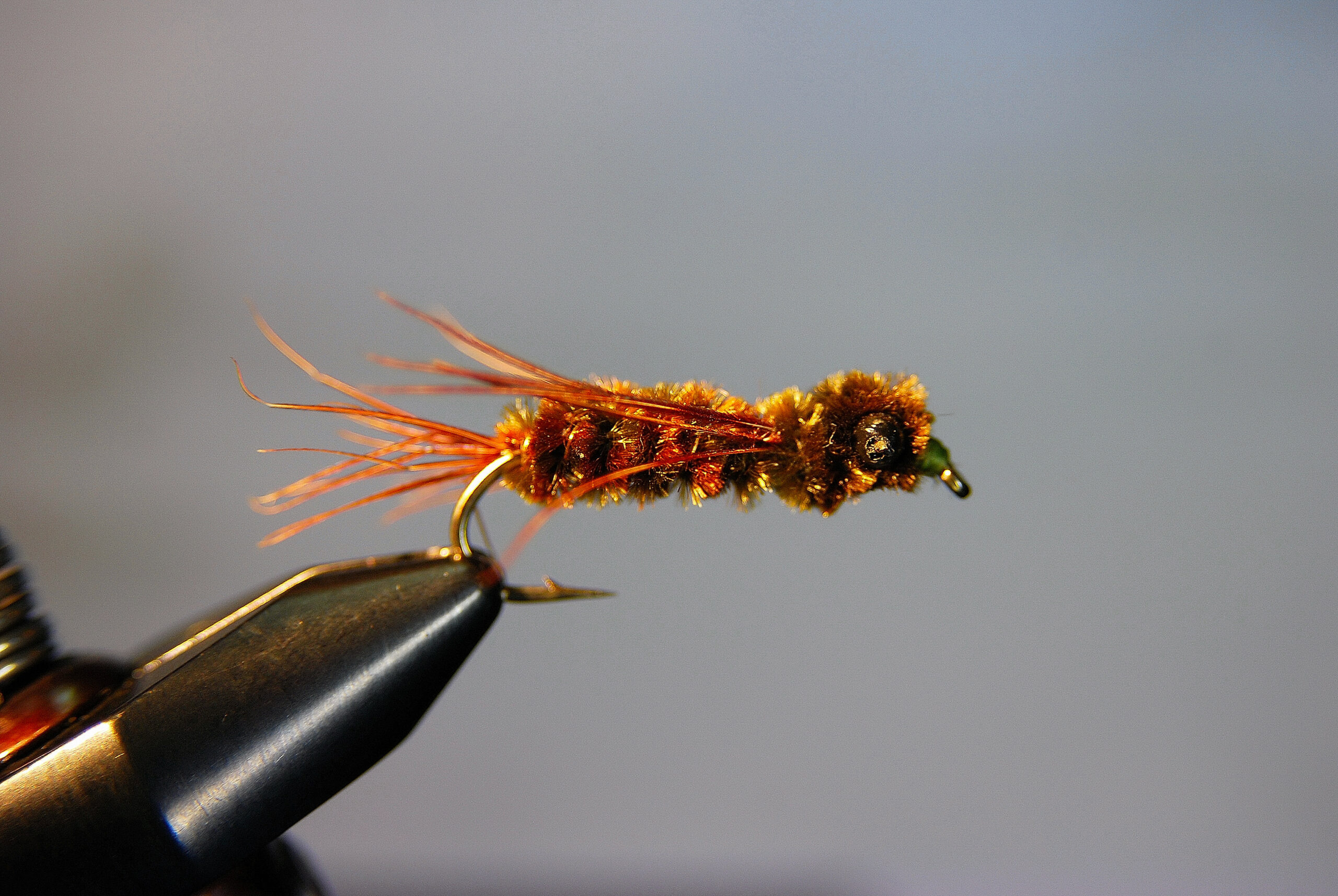
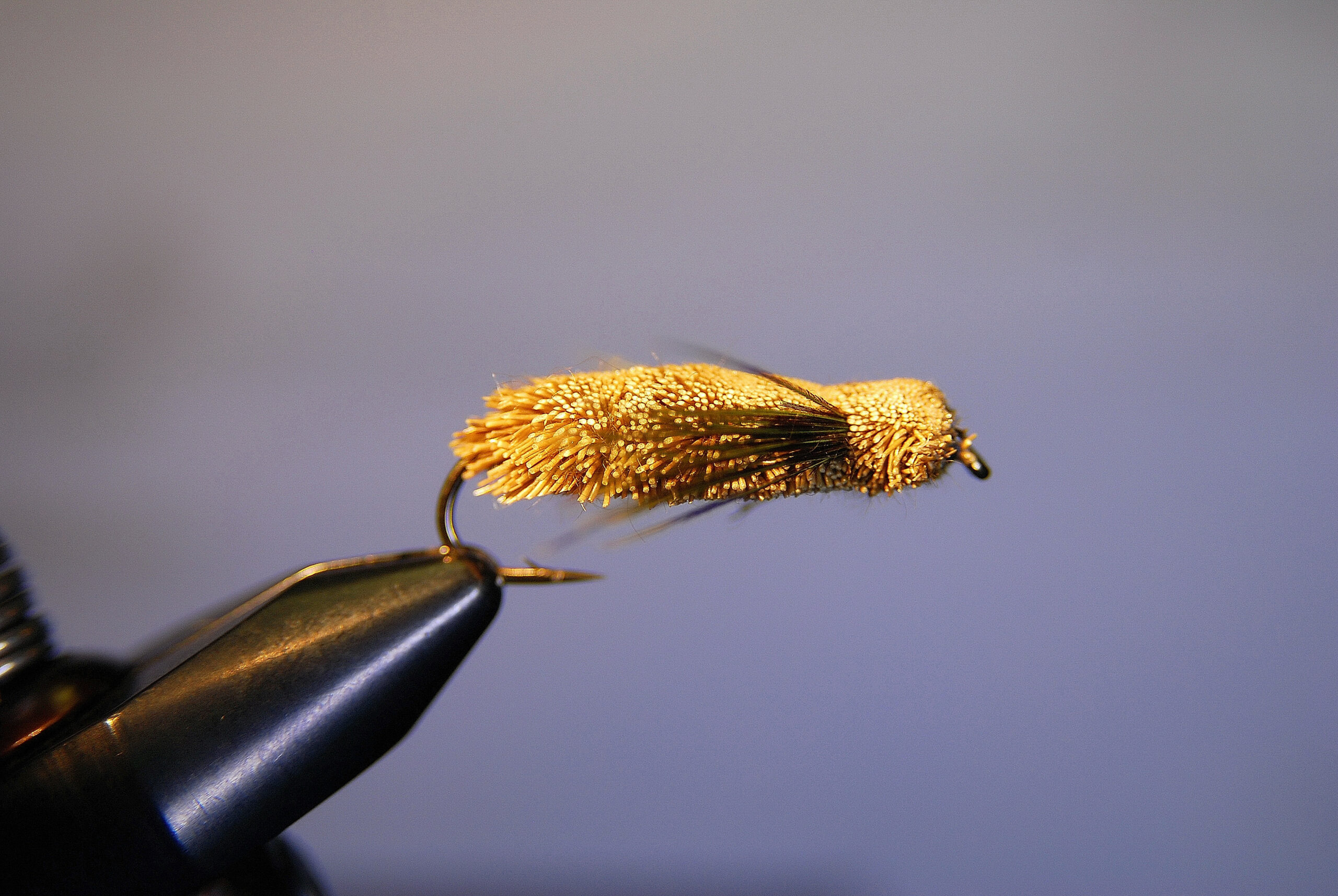
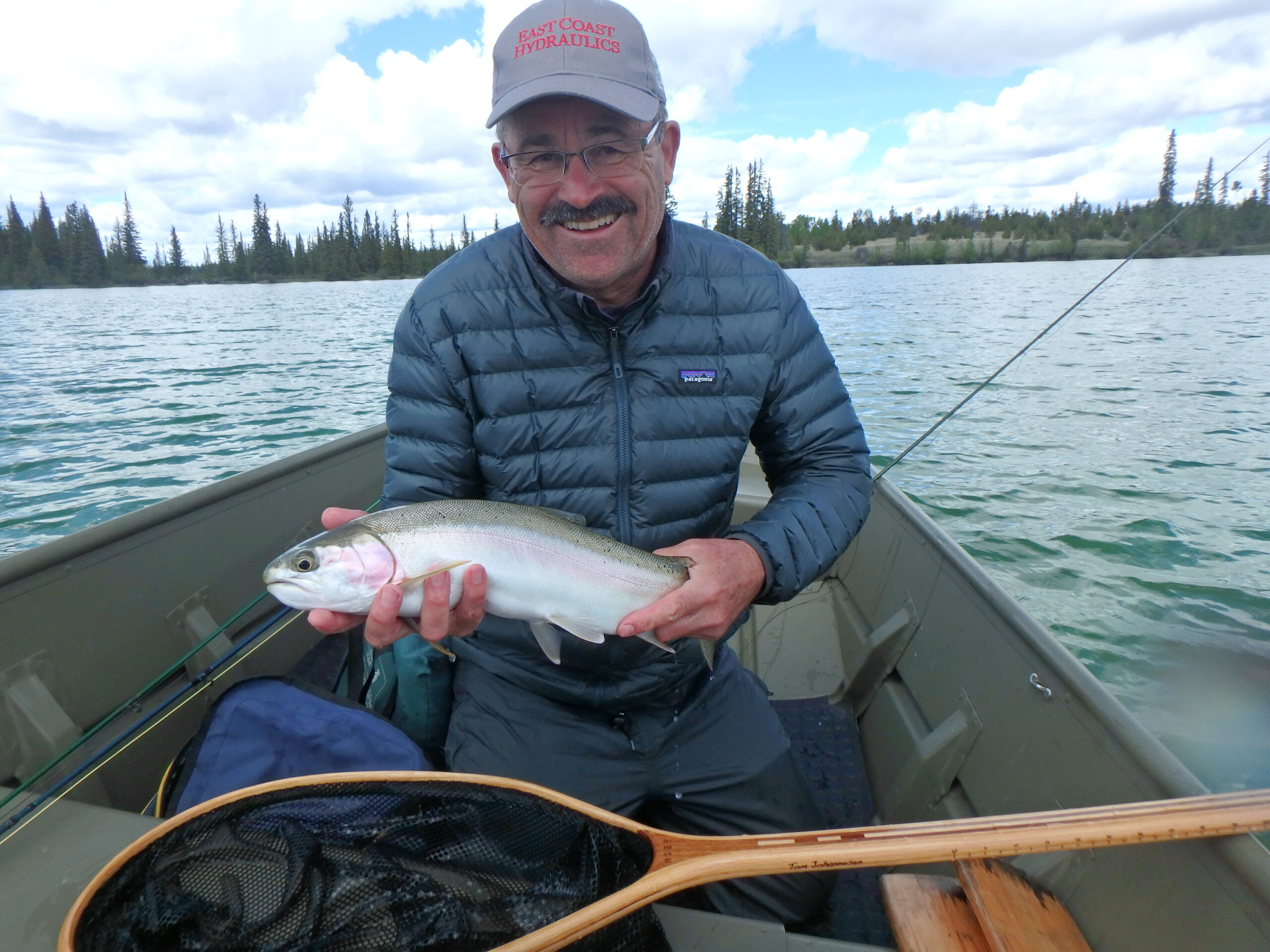
Methods for fishing Dragon nymph patterns
What makes the dragon nymph pattern such a popular interior imitation is the fact it can be fished using a wide variety of methods under any weather conditions. As this is a larger highly visible imitation it makes for a great searcher pattern or trolling pattern. Starting with the easiest method, dragons are highly productive when fished along the edges of shoals and drop-offs using any form of sinking line depending on the depth you are covering. By far the most exciting was to use dragon nymphs is when sight-fishing in shallow water. When trying this method use a type 3 or intermediate sinking line with a leader roughly the length of your rod. Once fish are spotted lay the line in front of them but not so close that you spook them. When the fish get close to your fly -tart stripping quickly and more times than not the fish will take chase. The is such an exciting way to fish, if you have not tried it you are missing out.
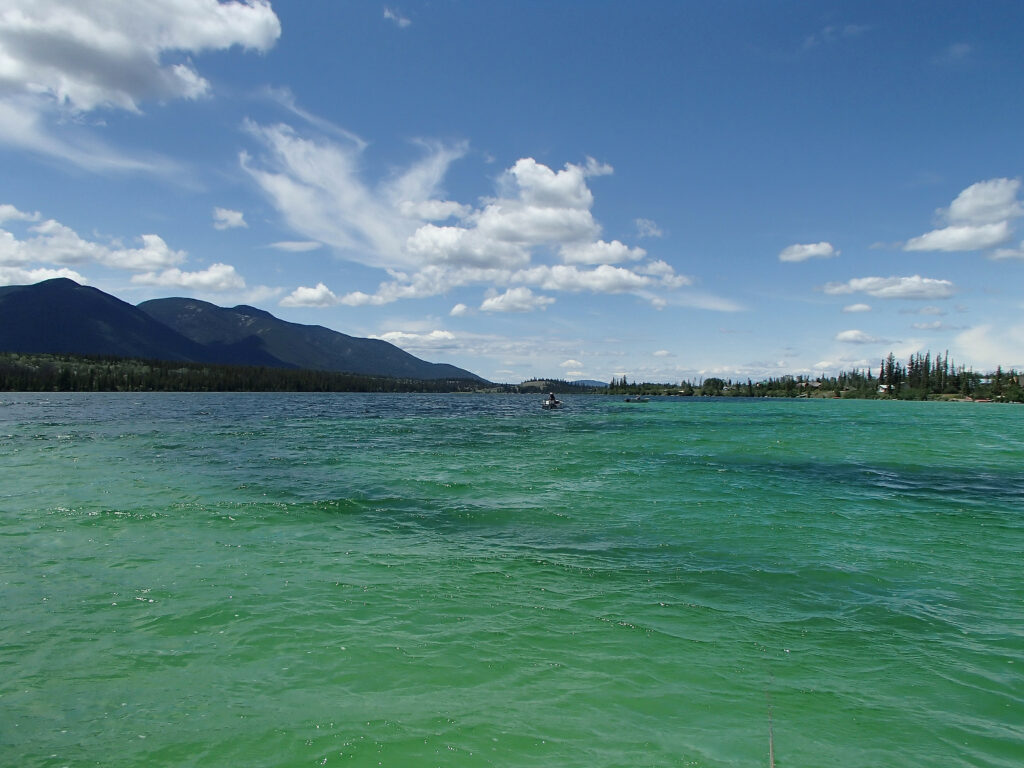
Best times to fish dragonfly nymphs
One of the best characteristics about dragonfly nymphs is the fact they are productive year-round in the majority of our interior lakes. As real dragons are readily available, all we as anglers must figure out is the right color and size that works on a specific day. When selecting a dragon for the lake you are about to fish, start by exploring the shoreline to see if there are any natural one’s present. If there are not any to be found, then start playing with colors. Over the years I have found that dragon nymphs are particularly productive when fished in the morning and during the last hour of daylight when fish move onto the shoals in search of food. Again, this is a great fly to use when there are no visible hatches going on.
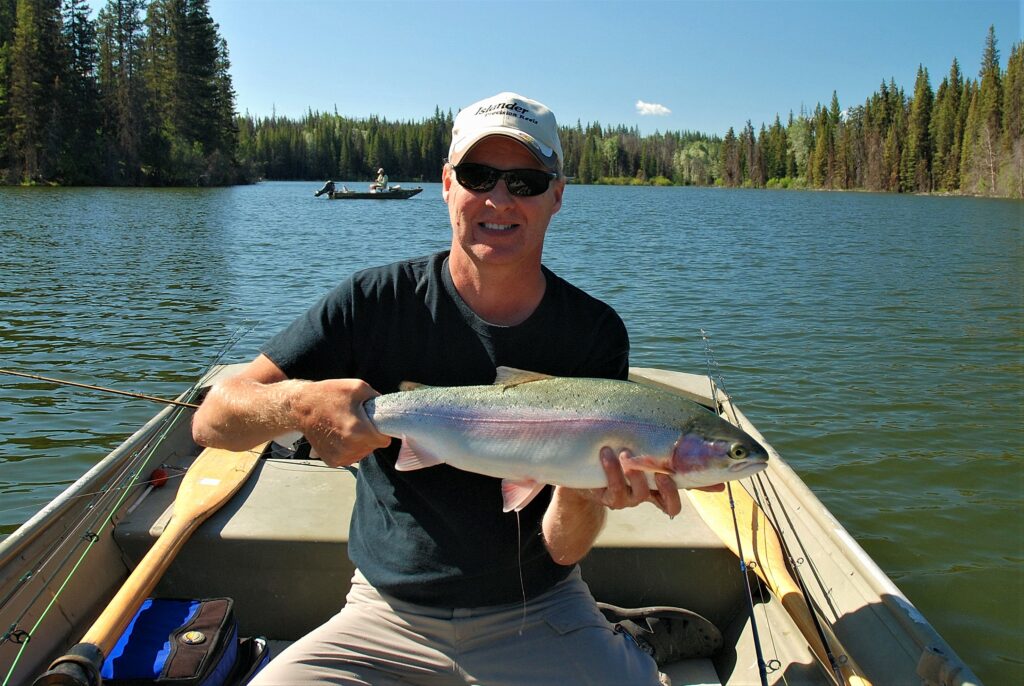
Unleash your Inner Dragon
Next time you’re out on a lake and nothing seems to be working, try a dragon nymph and work it along the transition of a shoal. With and little luck you may just be rewarded with a few nice fish, and this will quickly become a “go to” imitation fly for you too.
Tom Johannesen
Tom Johannesen grew up fishing but at the age of 23 he had his first article published in a British Columbia Federation of Fly Fishers (BCFFF) newsletter and something changed.
Since that first article, Tom has been on a mission to master his craft and to share what he has learned with others. With over 200 articles published in magazines like BC Sport Fishing, BC Outdoors, Outdoor Edge, Canadian Fly Fisher, Home Waters, Reel Angler, Western Angler and Island Fisherman, it’s clear that it’s a mission he takes seriously. He also regularly hosts seminars and tutorials at fly clubs and shops in the hopes of lighting that spark in the next generation.

